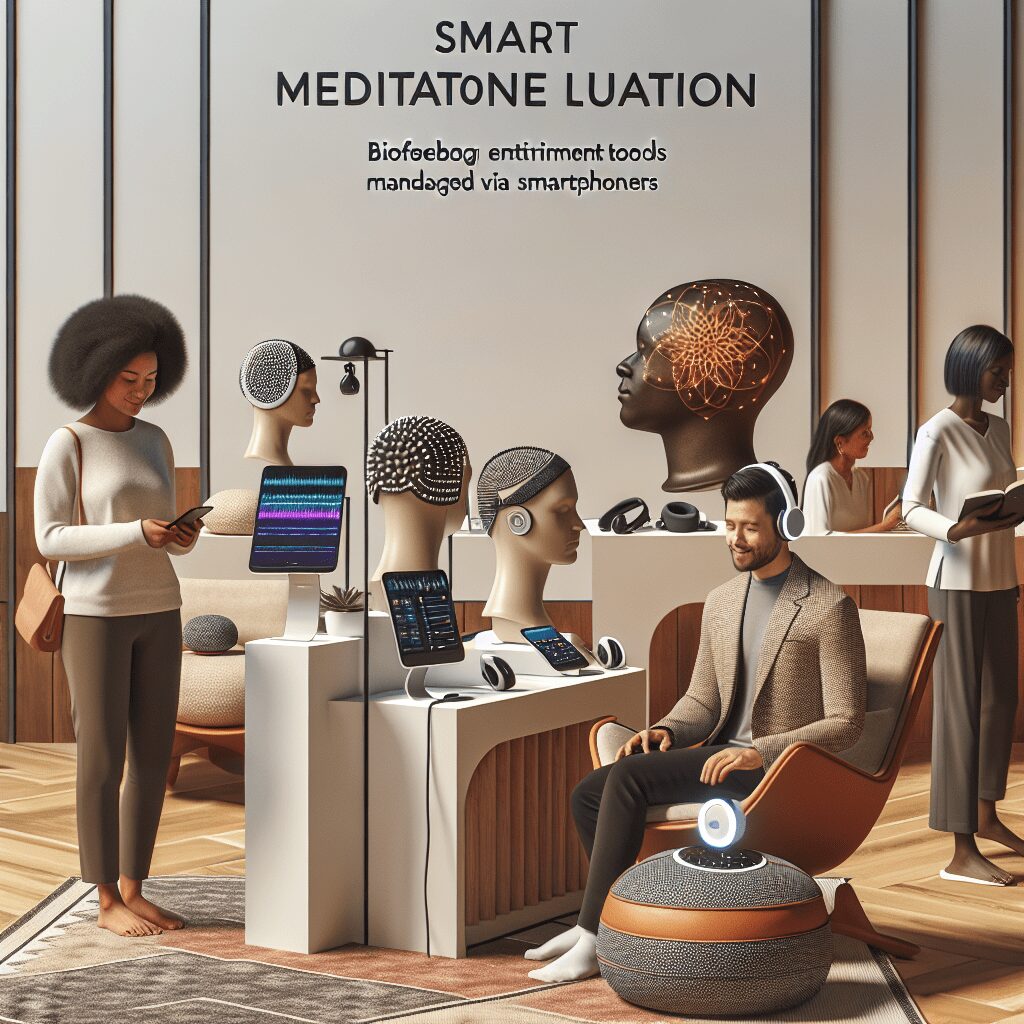
Prioritize your mental well-being daily. Enhance your life by nurturing your mental health with the Smart Meditation app. Break free from stress, alleviate anxiety, and enhance your sleep quality starting today.
How To Record Guided Meditation?
Crafting the Perfect Guided Meditation: Your Ultimate How-To Guide
In the hustle and bustle of today’s world, guided meditation has emerged as a beacon of tranquility and self-awareness. Whether you’re a seasoned practitioner or a curious newbie, creating your own guided meditation recordings can be both fulfilling and deeply rewarding. But, let’s face it, diving into the world of audio production can seem as daunting as meditating atop a Himalayan peak. Fret not! With a few insider tricks up your sleeve, you’ll be producing serene, high-quality meditations that could very well be the next big hit on wellness apps. So, grab your microphone, and let’s get started!
Nailing the Basics: Equipment and Environment
First things first – you don’t need to break the bank to start recording. However, a good-quality microphone and some basic audio editing software are non-negotiables. A condenser microphone usually does the trick, capturing the nuances of your voice with clarity. Pair it with a pop filter to keep those pesky “p’s” and “b’s” from sounding like mini explosions, and you’re golden.
Your recording environment is just as crucial. Now, we’re not saying you need to soundproof your room (although kudos if you do!), but finding a quiet, comfortable space can make a world of difference. A pro tip? Soft furnishings absorb sound, so if you’re recording in a room with hard surfaces, throwing in some cushions, blankets, or even hanging curtains can help reduce echo.
The Art of Scripting and Delivery
Before hitting the record button, having a well-thought-out script in hand is vital. Here’s where your creativity shines! Write in a conversational tone, as if you’re speaking directly to a friend. It’s your show, so sprinkle your narrative with vivid imagery, metaphors, and gentle instructions that guide your listener through the meditation journey. Just be wary of overloading your script with too many details – the goal is to relax the mind, not send it into an information overload.
Now, onto delivery. The power of your guided meditation lies not just in what you say, but how you say it. A calm, steady voice is key. Experiment with pacing, taking your time to allow each word to sink in. And don’t forget the pauses – these moments of silence can be just as powerful as the spoken word.
Polishing Your Masterpiece: Editing and Sharing
Once you’ve got your recording, it’s time to polish it up. Dive into your editing software to trim any awkward silences, reduce background noise, and ensure your audio levels are consistent throughout. You might even want to layer in some soothing background music or nature sounds – just make sure they’re not too overpowering.
With your guided meditation now ready for the world, it’s time to share it. Whether you choose to upload it to a streaming platform, share it on social media, or offer it as a free download on your website, remember to engage with your audience. Gather feedback, see what resonates, and use that insight to refine your future recordings.
Wrapping It Up
Creating a guided meditation might seem like a journey fraught with challenges, but it’s also an incredible opportunity to spread positivity and mindfulness. By focusing on quality equipment, crafting a thoughtful script, delivering it with care, and fine-tuning your audio, you’re well on your way to creating something truly impactful. Who knows? Your guided meditation might just be the solace someone needed in their day. So go ahead, give it a shot – the world could always use a bit more zen.





